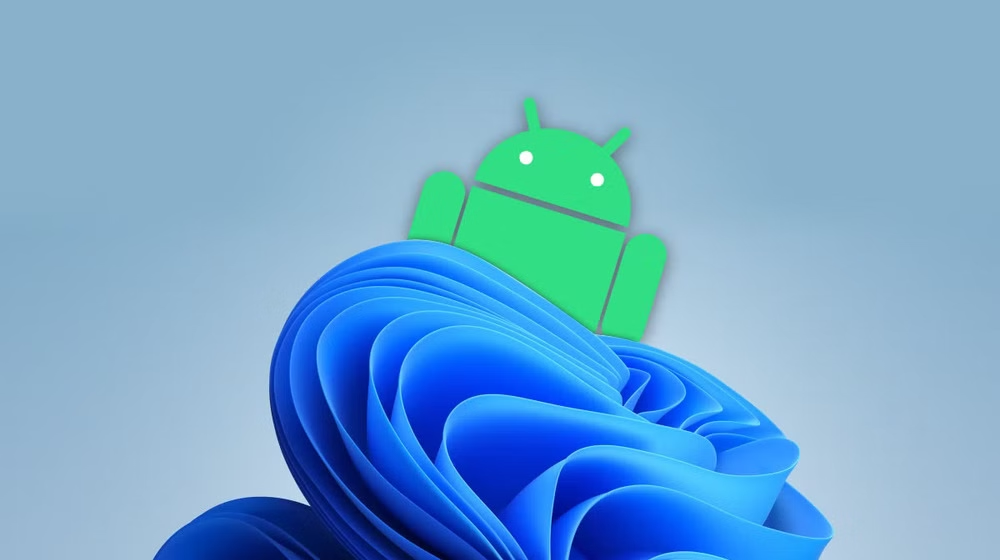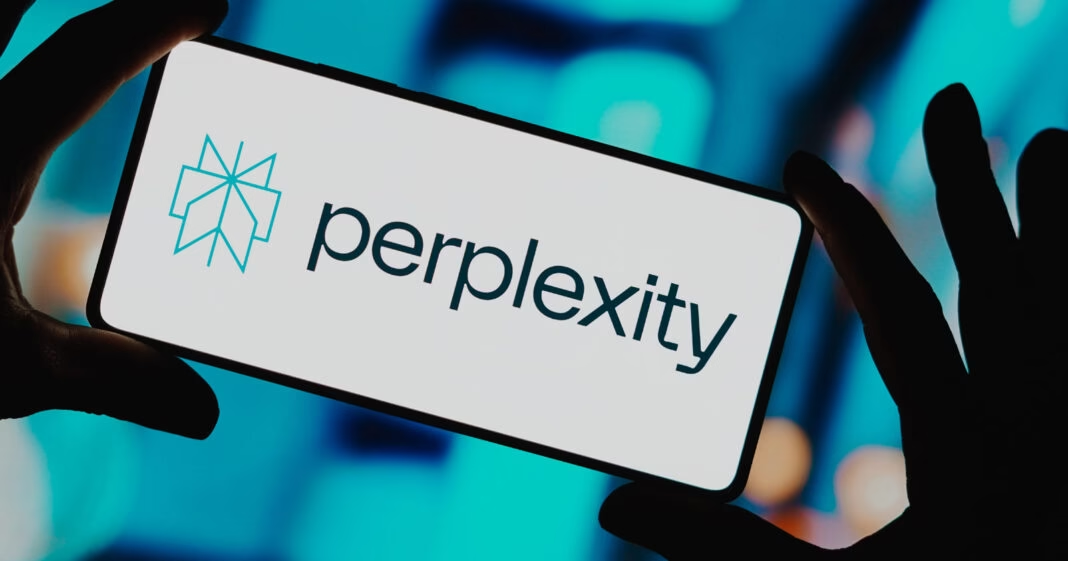Microsoft is taking another big step toward bridging the gap between mobile and desktop platforms. The company has introduced a new feature that allows users to seamlessly resume Windows 11 Android apps directly on their PC. Currently in testing for Windows Insiders, this feature has the potential to reshape how users interact with apps across devices. At launch, support is limited to Spotify, but the feature hints at much broader possibilities for cross-platform integration.
How the Resume Feature Works
The new feature is designed to let users pick up exactly where they left off on their Android phone. For instance, if you start playing a track on the Spotify mobile app, Windows 11 will show a notification on your PC that reads “Resume from your phone.” This prompt includes the Spotify icon and a button labeled “Continue on this PC.”
Once you click, Spotify will automatically launch on your desktop. If you don’t have the app installed, Windows 11 will guide you to install it before continuing playback. The experience is smooth, removing the friction of restarting the app or searching for the same content again.
This capability is powered by Microsoft’s Phone Link integration, which connects your Android device to your Windows 11 PC. Once linked, the system monitors supported app activities and surfaces relevant prompts in the Windows notification center, ensuring a handoff-like experience between devices.
Inspired by Apple’s Handoff
The design of Windows 11 Android apps integration bears a striking resemblance to Apple’s Handoff, which lets users move seamlessly between iPhones, iPads, and Macs. With Handoff, you can start writing an email on your iPhone and finish it on your Mac or begin browsing on Safari and instantly switch to another Apple device.
Microsoft’s version is still in its early stages. While Apple’s feature supports a wide range of apps and activities, the Windows 11 implementation currently works only with Spotify. However, this initial rollout shows promise. If Microsoft expands support to productivity tools like Outlook, OneNote, or even web browsing sessions, it could provide serious competition to Apple’s ecosystem.
Why This Matters for Users
According to a Statista report (2025), more than 3.9 billion people worldwide use Android devices, making Android the largest mobile operating system by market share. On the other hand, Windows powers over 68% of desktop computers globally. By enabling Windows 11 Android apps to resume activity seamlessly, Microsoft is unlocking a massive convenience factor for the billions of users who rely on both platforms daily.
For students, this could mean starting research on their phone and finishing it on a larger screen without losing track. For professionals, it might involve reading emails on the go and responding from the PC without having to reopen threads. For entertainment, the Spotify example is just the beginning—users could soon resume movies, podcasts, or games without disruption.
Future Potential of Windows 11 Android Apps
While Microsoft has not officially revealed which apps will be added next, the possibilities are vast. Imagine resuming a YouTube video you started on your phone right from your PC’s browser, or picking up a draft email in Outlook on Windows after starting it on Gmail’s Android app.
The integration could also benefit business tools. Collaboration apps like Microsoft Teams, Slack, or Zoom may eventually support this handoff feature, allowing meetings and chats to move effortlessly between devices.
There’s also potential for progressive web apps (PWAs) and AI-driven tools to join the ecosystem. With Microsoft’s heavy push into AI, as seen in the new Copilot features in Windows 11, the ability to hand off tasks like document editing or note-taking between devices could become a key productivity booster.
A Step Toward an Integrated Ecosystem
Microsoft has long sought to close the gap between mobile and PC experiences. Initiatives like Your Phone (now Phone Link), Windows Subsystem for Android, and the expansion of the Microsoft Store have all worked toward this goal. The addition of Windows 11 Android apps resuming on PC is another move in the same direction.
This feature was first demonstrated in a now-deleted Build 2025 demo, which suggests Microsoft sees it as part of a larger strategy to unify its ecosystem. By creating tighter bonds between mobile and desktop workflows, the company is not just competing with Apple but also ensuring that Android users feel equally supported.
The ability to resume Windows 11 Android apps on your PC is a small but meaningful step toward seamless cross-device integration. While its current limitations—working only with Spotify—may seem underwhelming, the long-term vision is clear. Microsoft aims to give users a unified experience where productivity, entertainment, and communication can flow effortlessly between Android phones and Windows 11 PCs.
As the rollout expands and more apps are supported, this feature has the potential to change how billions of people interact with their devices every day. For now, Windows Insiders can test the feature, but for the rest of us, it’s only a matter of time before the full rollout brings this cross-platform magic to everyone.



